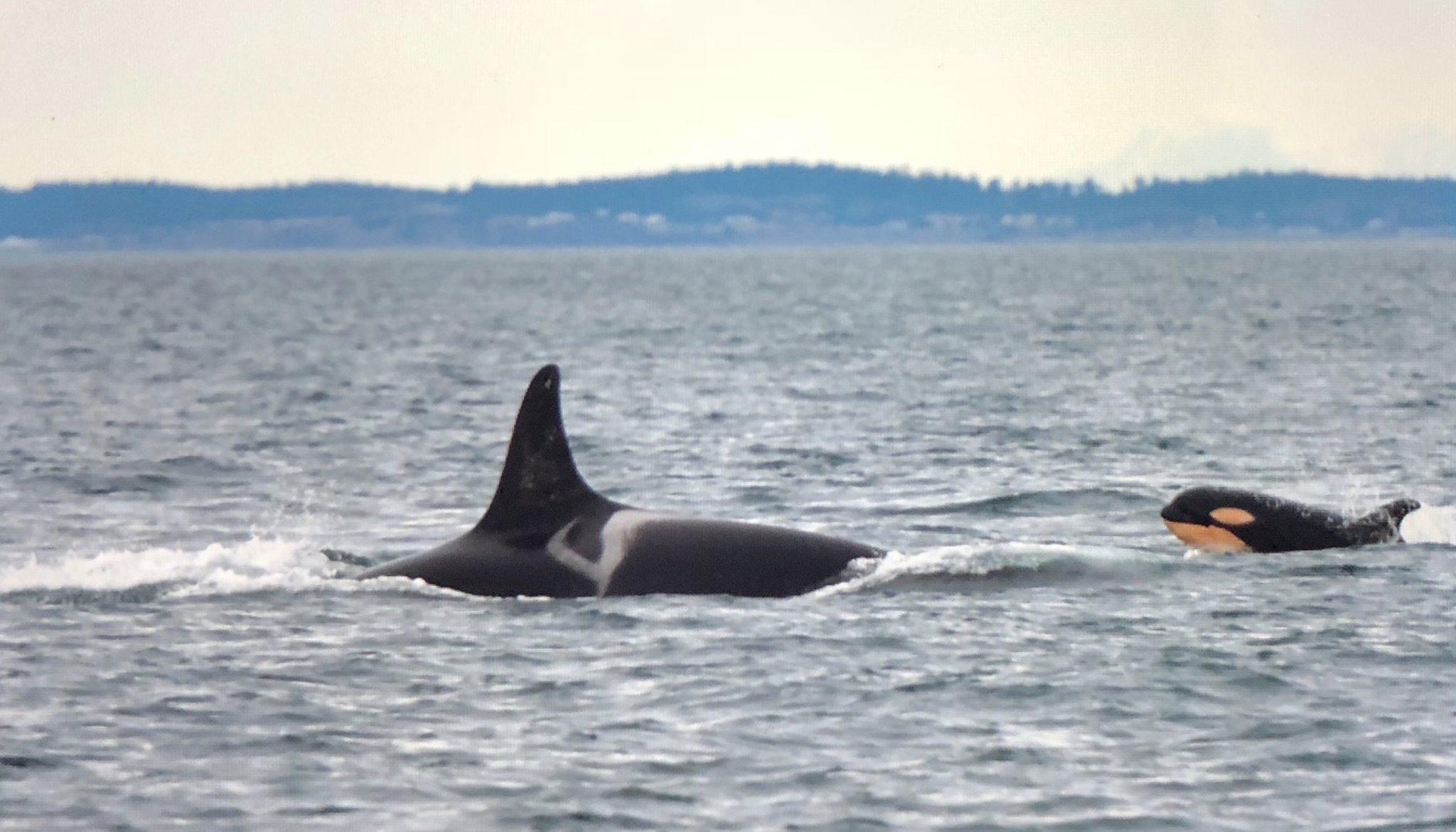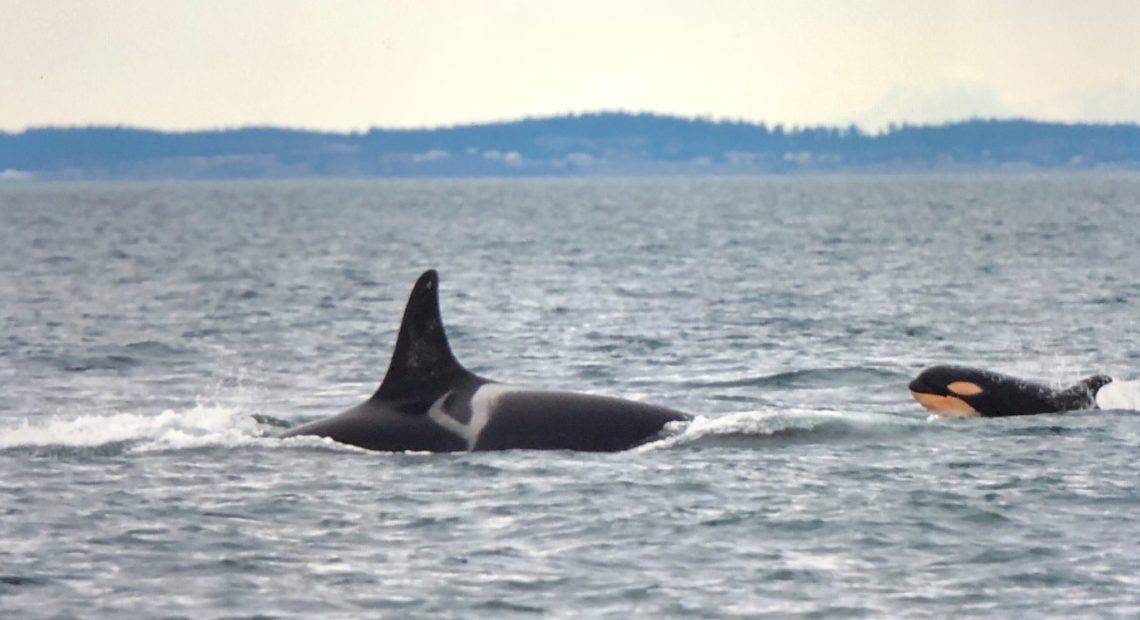
Whale Researchers Rejoice: New Calf Born To Endangered Puget Sound Orcas, But Odds Are Tough
Read On
BY ASSOCIATED PRESS STAFF
Researchers say there’s a new calf among the population of critically endangered killer whales that live in the waters between Washington state and Canada.
Ken Balcomb, founding director of the Center for Whale Research, told The Seattle Times that staff first saw the calf Friday at the eastern end of the Strait of Juan de Fuca.
The youngster looks healthy, but survival rates for baby orcas are only about 50 percent, he said.
The whales have been starving amid a dearth of salmon. Vessel noise and pollution have complicated their plight. No calf born in the last three years has survived.
One whale drew international attention when she carried her dead calf on her head for 17 days last summer.
Two other orcas are known to be sick, and researchers fear they could die within months.
The southern resident population of orcas differ from some of the other orca populations in eating primarily salmon, rather than seals or other marine mammals.
They were listed as endangered under the Endangered Species Act in 2005.
The following year, the fisheries service designated the inland waters of Washington state as critical habitat. The designation means federal agencies must ensure that activities they pay for, permit or carry out do not harm the habitat.
Nevertheless, the orcas’ population has remained dangerously low, increasing the risk of inbreeding, which could further hurt their long-term survival.
Last month Washington Gov. Jay Inslee announced plans to help the population recover — including $1.1 billion in spending and a partial whale-watching ban.
We have great news! We have a new baby L124, and mom is L77. We just got off the water, and we will have more pictures soon. pic.twitter.com/lti64P3U2R
— Whale Research (@CWROrcas) January 12, 2019
Copyright 2019 Associated Press
Related Stories:
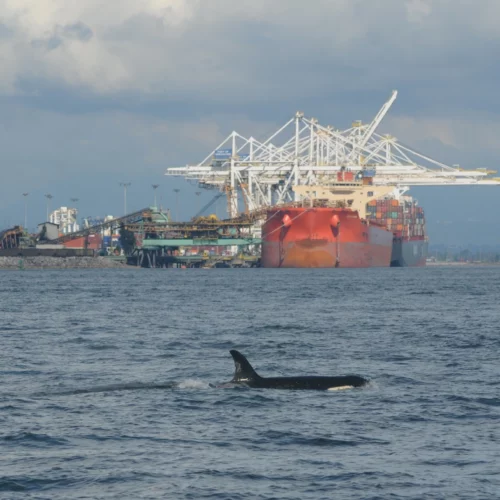
Captains of big ships eased up on the throttle during trial slowdown to help endangered orcas
The majority of captains of big commercial ships entering and leaving Puget Sound are cooperating with a request to slow down temporarily to reduce underwater noise impacts to the Pacific Northwest’s critically endangered killer whales. The duration of the experimental slowdown – modeled on a similar project in British Columbia – will be extended into the new year, organizers announced after a status report and celebration on the Seattle waterfront Friday.
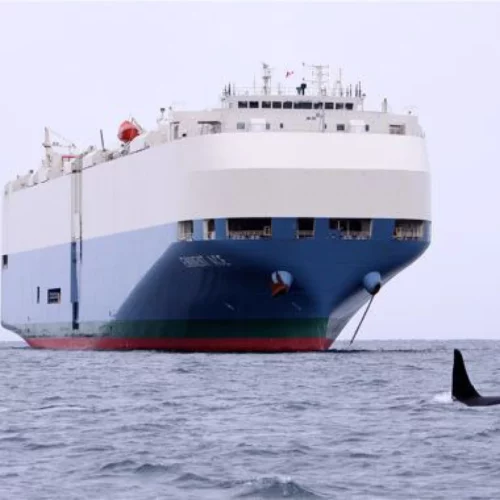
Reducing collisions between ships and whales? There’s apps for that, but they need work
Fortunately, it doesn’t happen very often in the Pacific Northwest that ships collide with whales. But when it does, it’s upsetting, tragic and the whale probably dies. Three separate teams have developed smartphone-based systems that can alert commercial mariners to watch out, slow down or change course when whales have been sighted nearby. A recent ride-along on a big container ship demonstrated that real-time whale alerts are still a work in progress.
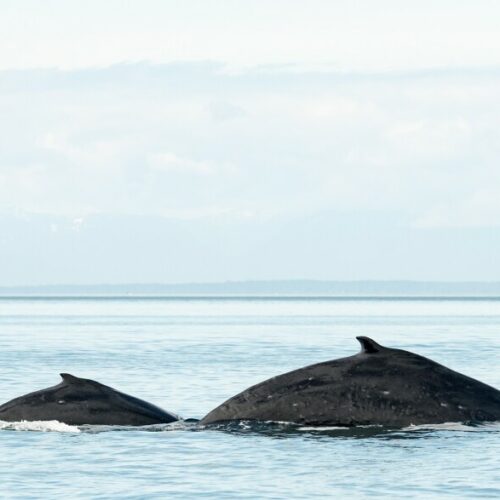
Record Numbers Of Bigg’s Killer Whale Sightings And Humpback Calves In Salish Sea
Whale watchers have spotted a record number of humpback calves in inland Pacific Northwest waters this season. There was also a record streak of Bigg’s killer whale sightings that just ended, according to a local whale research nonprofit. Those observations offer some good news to offset the ongoing concern about the survival of the Northwest’s iconic, but critically endangered resident orcas.

